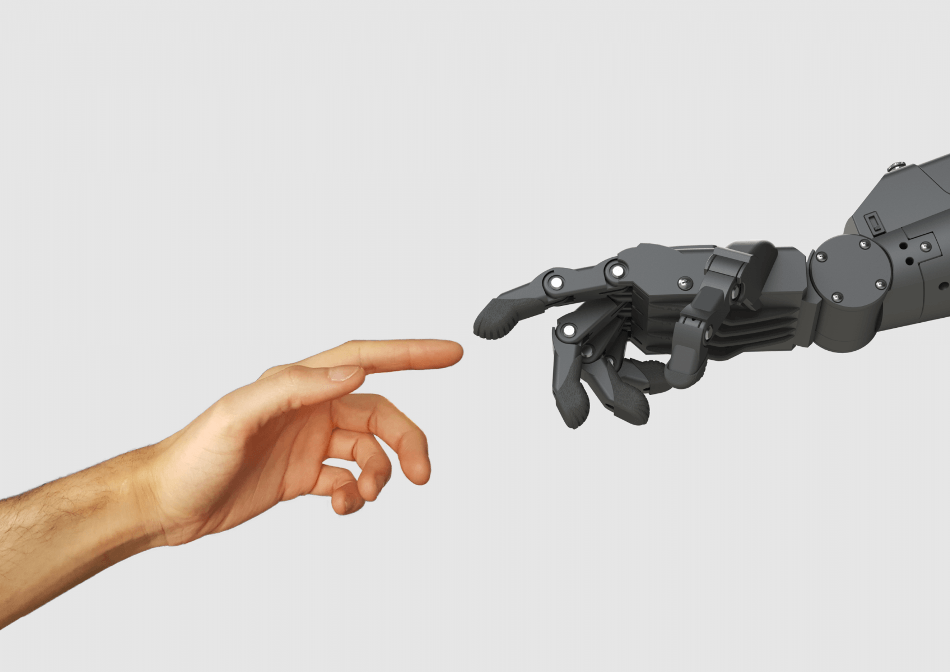Mar 29 2018
Students from the University of Manchester have designed and developed an inexpensive, 3D-printed robotic prosthetic hand that can turn out to be a considerably low-cost alternative for amputees.
 Image credit: University of Manchester
Image credit: University of Manchester
The joints of the hand are all completely posable, where each individual finger and the thumb can move and also make a fist. The hand’s functionality enables a person to perform simple, everyday tasks such as opening doors, clicking a mouse and typing, eating using a fork and knife, and picking up items. It can also play rock-paper-scissors.
However, the aspect that makes the prototype limb exceptional is its low cost. The students developed the hand for a mere £307 and believe that it can be made more inexpensive. In contrast, the cost of an advanced robotic prosthetic limb could range between around £25,000 and £60,000 upon being purchased privately. The cost of even reasonably priced robotic hands that have only basic multi-grip functionality starts at £3000.
Due to its attractive design, the new robotic prosthetic hand won “best new development” in the Digital Innovation Challenge at the recent Industry 4.0 Summit and Factories of the Future Expo, held at Manchester Central, in Manchester. Industry 4.0 is the term given to what is considered to be the fourth industrial revolution.
The innovative robotic prosthetic hand is the invention (and a final-year Mechanical Engineering Master’s) of Alex Agboola-Dobson and his colleagues, including lead electrical engineer Sebastian Preston-Jensen, lead software engineer Panagiotis Papathanasiou, and mechanical and software engineers Maximillian Rimmer and Shao Hian Liew
As reported by the NHS, nearly 6000 major limb amputations are performed every year in the United Kingdom alone. Non-robotic prosthetic limbs available with the NHS are merely cosmetic, and other more functional limbs are simple plastic-molded limbs including hooks. This fact was one of the other inspirations for the students in developing futuristic, yet life-like limb.
Not only do we want to make it affordable, we want people to actually like the look of it and not be ashamed or embarrassed of using or wearing it. Some traditional prosthetics can both look and feel cumbersome or, those that don’t, are extremely expensive. We think our design really can make a difference and we will be looking to commercialize the project in the future.
Alex Agboola-Dobson
Another significant benefit of their design is connectivity because it also includes an Android app for a smartphone as well as a Bluetooth connection. The hand can be controlled by muscle sensors positioned on the arm of the wearer that can be paired with the app, also designed by the students.
Alex further stated that “The functionality is customized through the phone app, but the muscle sensors provide the control by moving the hand whenever necessary. It is really simple to use.”
The hand is actually manufactured through a kind of 3D printing known as Stereolithography, or simply, SLA printing, which involves the use of high-quality resin plastic for production. In the future, the goal of the students is to use Fused Deposition Modeling (FDM) 3D printing, which will considerably reduce the cost of the prosthetic hand, without affecting its quality.
We are really delighted for them, it was a great experience for them to pitch their idea in front of a panel of experts and the prize money will help them develop the idea further. This will be a great addition to their CV. We are very excited to see what the future holds for this group and their innovative creation.
Dr. Carl Diver from the School of Mechanical, Aerospace and Civil Engineering
Student built 3D-printed bionic hand